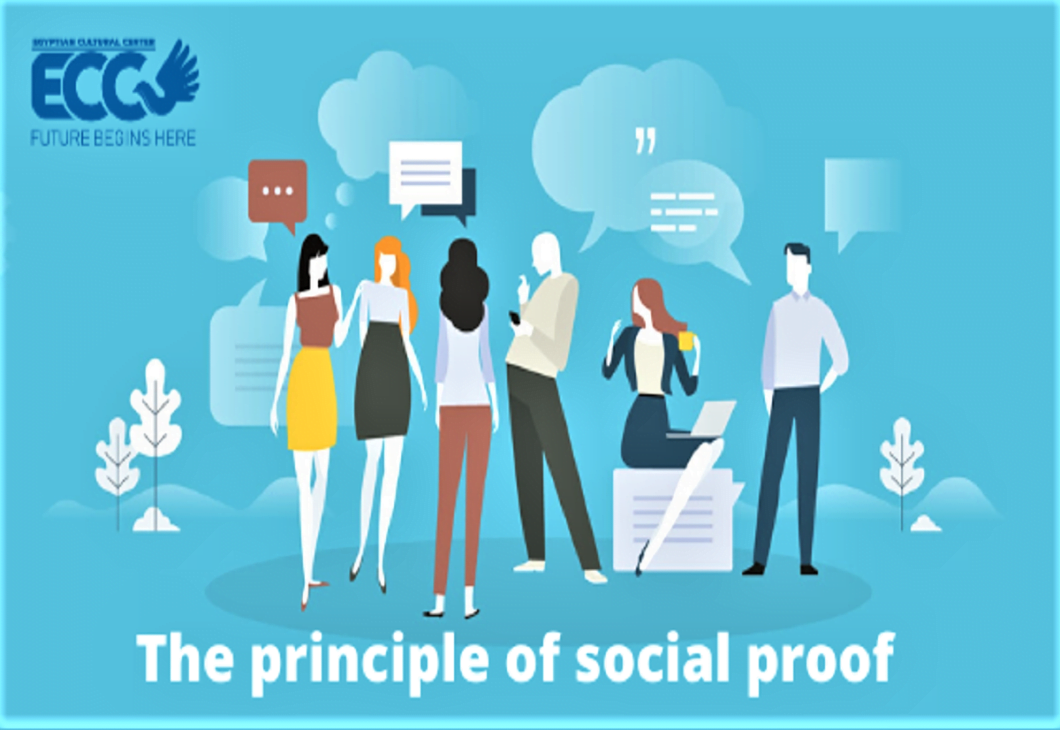When uncertain, we look for social proof.
The principle of social proof, which states that we often decide what the correct course of action is by looking to others’ behaviour. In the case of the laugh track, even artificial laughter helps convince us that others consider the jokes funny, meaning we probably should too
Companies often advertise products with lines like “best-selling” or “fastest-growing” – it makes customers feel like others are buying the products too.
Social proof becomes a particularly powerful influence when we face uncertainty.
Consider the famous case of Kitty Genovese, who was stabbed to death outside her apartment building in New York in 1964. Some neighbours heard the young woman’s cries for help, but no one intervened or called the police. The media soon reported that the neighbours had been callous and completely unconcerned about their neighbour, sparking outrage.
Later it was discovered that some individual neighbors had yelled out of their windows or called the police, but still, the case is studied as a perfect example of bystander inaction, where people are less likely to help a victim in an emergency if other people are present.
Psychologists speculate that this bystander effect is mostly due to two factors:
First, when many people are involved, it diminishes the personal responsibility felt by each participant. Maybe someone else will call the police?
Second, it’s often hard to identify a real emergency, especially in an urban environment. Does the man sitting by the street need medical attention, or has he just had too much to drink? Is the scream from a murder victim or someone watching a thrilling football game?
This kind of uncertainty drives people to look to others’ behaviour for guidance. In the Kitty Genovese case, people were trying to inconspicuously peek out their windows, so this may also have indicated to others that inaction was the right approach.
People who are similar to us can greatly influence our choices.
Our tendency to emulate others also produces a rather grim statistic: when a suicide is highly publicized in the media, the number of people who die in airplane- and car-crashes increases dramatically in the following week.
At first glance, this is a rather baffling phenomenon. What could explain it?
The answer seems to be that, after reading about a suicide in the paper, some people resolve to take their own lives to emulate the victim. For several reasons, some decide to make their deaths seem accidental, and some of them will opt to do so while driving or (frighteningly) flying. Hence, there is an increase in unexplained crashes.
Sadly, these are not people who would have committed suicide anyway: research has shown that every front-page suicide story effectively results in the deaths of 58 people who would have otherwise gone on living.
This is known as the Werther effect, named after an eighteenth-century book that sparked a wave of suicides across Europe, apparently in emulation of the protagonist.
On average, this effect seems to be the strongest for people similar to the person whose suicide was publicized: when young people read that another youngster has committed suicide, they are more likely to take their own lives
this dynamic is also why marketers often use advertisements featuring (mostly fake) interviews with “regular people on the street” who endorse a product. “Ordinary people” comprise the largest potential market for any product, and they value an endorsement by a person who seems similar to themselves.
Have you ever been to a Tupperware party?
But perhaps the greatest trick is that the invitation for the party has not come from the Tupperware presenter, but rather someone whom every invitee likes: a friend.
Why is this powerful trick influencing?
Well, as a rule, we’re more compliant toward people we like.
This is why salespeople frequently compliment us and claim some similarity to us: “Say, that’s a nice tie, and blue is my favorite too!”
Physically attractive people and attractiveness produces a so-called halo effect, meaning that we tend to see attractive people as smart, kind and honest. Worryingly, we even tend to vote for more attractive candidates in elections!
Yet another especially powerful factor in liking someone is cooperating for some shared goal, or seeing them as “on the same team.” The infamous good cop/bad cop interrogation method employs this factor to great effect: after a suspect is verbally abused by the bad cop, the kind and understanding good cop stands up for the suspect, seeming like a friend and trusted confidant – and thus often eliciting a confession.


